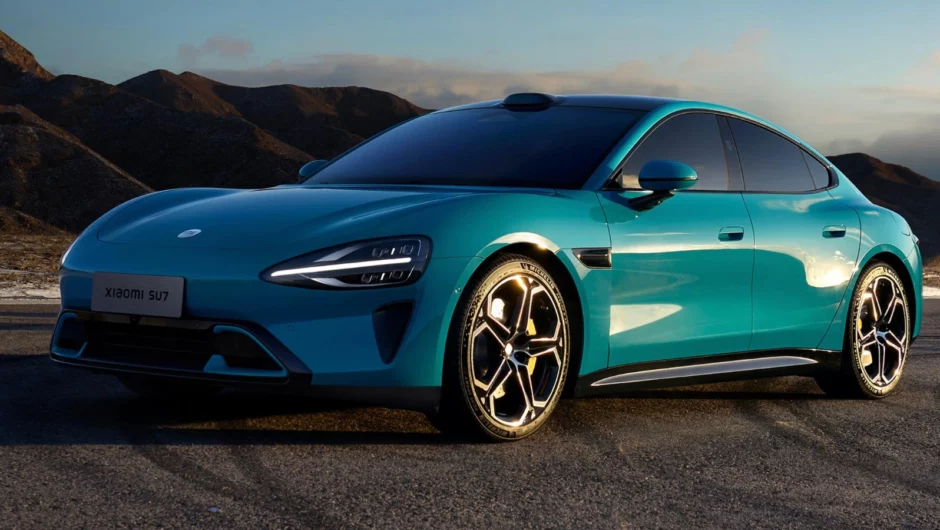When it was first introduced, the four-wheel drive was a new car feature. However, in recent decades, its popularity has grown remarkably. Today more than 50% of the cars sold in the world are either equipped with a four-wheel drive or a two-wheel drive.
Two-Wheel-Drive
As the name suggests, in a 2WD car, the power is transferred to either the front wheels or the rear wheels. If the front wheels are taking all the acceleration then it is called a front-wheel drive, while if the rear wheels are consuming all the power then it’s called a rear-wheel drive.
Rear-wheel drives are ideal for tracks. As the acceleration is transferred to wheels in the rear it helps maintain traction with the road.
Front-Wheel Drive
Less cost is associated with the manufacturing of front-wheel drive system cars. Therefore, one can find an affordable car in fwd. Since the engine is located in the front part of the car, it is easy to get the energy to the front wheels. This also improves fuel efficiency by reducing the weight of the car. Moreover, when the weight is on the front part, the car is likely to lose traction or slip on the road.
Rear-Wheel-Drive
Rear-wheel drive vehicles are opposite of the FWD drivetrain system. The power is provided to the rear-wheels, this, in turn, maximises the acceleration and gives a boost in the initial acceleration. Rear-wheel drivetrain systems are ideal for dry roads.
Rear-wheel drive systems are mostly found in sports cars, pickup trucks and some luxurious cars.
Four-Wheel Drive
Four-wheel drive is not always turned on. In normal condition, the rear-wheels are carrying the vehicle forward as the power is transferred to these, while the tyres in the front don’t receive any acceleration. The driver has to manually turn the 4-wheel-drive on by either pulling a lever or pressing a button.
In extreme off-road conditions such as deep mud, sand, snow or water — a four-wheel drive car will offer better grip and better traction for the driver. However, these vehicles can be dangerous when you take them back to well-paved surfaces as the axles are not created to run at a uniform speed in standard cornering.
All-Wheel-Drive
All-wheel-drive is always on and automated. The computer in the car is responsible to transfer power to every wheel. The computer decides which car should receive more acceleration. For instance, when you are on a highway, most power is given to rear wheels so your car can attain maximum fuel-efficiency.
When the driving conditions change, for instance, you come across a small puddle of water, the system will adapt to it and transfer the power to the wheel which needs it most to maintain traction to avoid hydroplaning.
On the other hand, two-wheel drive vehicles can lose control in such a condition. Most drivers can relate to this as they take a turn with wet tyres, the wheels start to spin. AWD cars are engineered to keep the journey smooth and safe. An AWD will never spin on slippery roads whether it is covered with ice, snow or water.
While a four-wheel-drive could be better for a person who primarily drives on tough terrains, you need to switch them on and off consciously. On the other hand, All-wheel drive is automated and does not require manual handling. So, it becomes favourable for drivers who drive on roads and highways. On top of it, it gives a luxurious look to the vehicle making it look sportier.
One thing to keep in mind is the fact that both AWD and 4WD are not fuel-efficient. An AWD is not fuel-efficient because it is always on, while a 4WD eats more fuel because it is weighty and tough.
An AWD car like Honda HRV may take slightly more fuel than its 2WD counterpart but will assure your ride has comfort and driving safety as the wheels will never lose traction, especially when you are turning through tough turns or driving in heavy rains.
Topics #AWD #Difference between #Front-Wheel Drive #FWD #RWD #Two-Wheel-Drive










